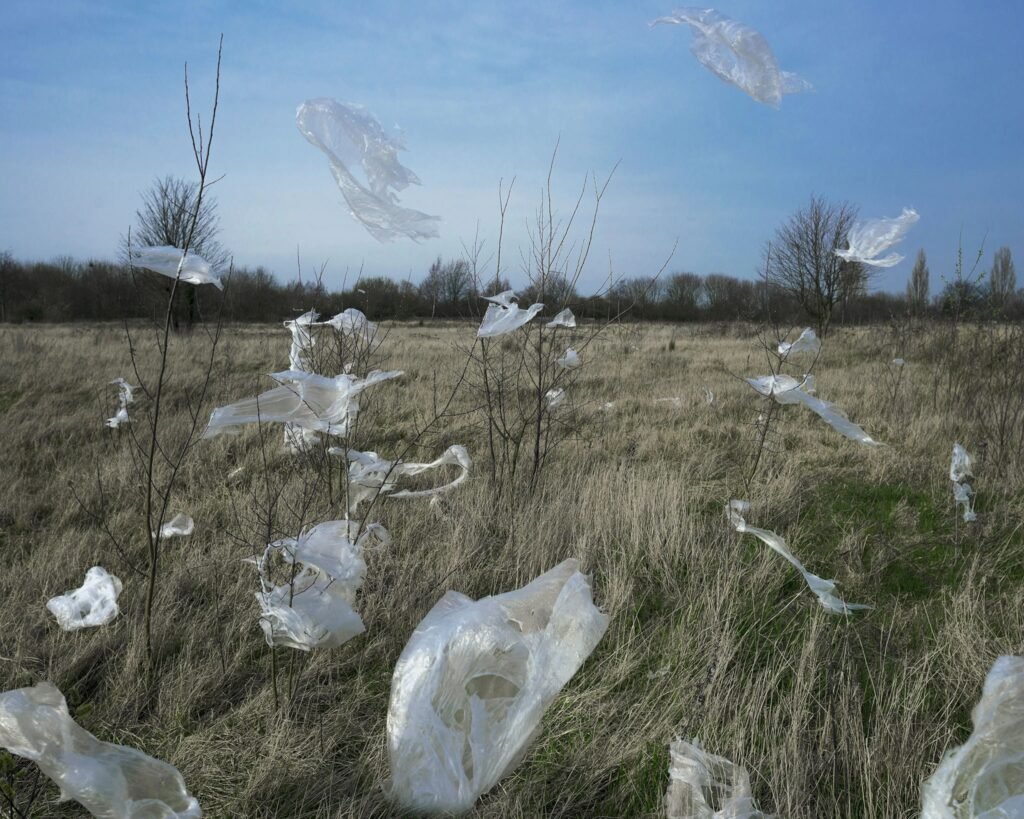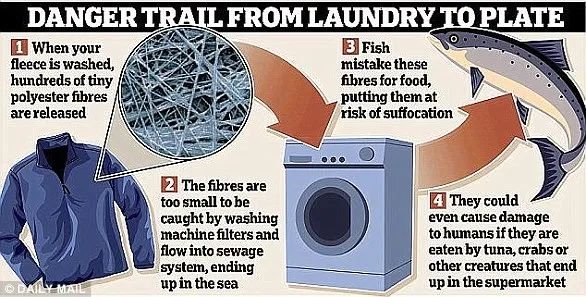“Plastic is the new acid rain.”
New modeling that was recently published in the Proceedings of the National Academy of Sciences has shown that 84% of airborne microplastics in the American West come from the roads outside of major cities, with an additional 11% possibly blowing all the way in from the ocean.

The researchers who designed the model think that the particles stay airborne for nearly a week, which is more than enough time for them to cross oceans.
These plastics that are falling from the sky like rain are smaller than 5 millimeters and come from many sources. Some come from the bags and bottles that are thrown into the waterways and littered on the land break down into smaller and smaller pieces.

Another source, the article noted, is your washing machine. Every time you wash synthetic clothing, tiny microfibers fall off and get flushed into the wastewater treatment plants.
These facilities filter out some of the microfibers and trap them into a sludge — a mix of treated human waste that’s applied to agricultural fields as fertilizer.

What happens to the remaining microfibers?
Those get flushed out to the ocean along with the treated water. This has been happening for decades. Plastics disintegrate but never really disappear, and this is why the amount of microplastics in the ocean has been steadily rising.
“So much has accumulated in the ocean that the land may now be a net importer from the sea.”
Perhaps this is how microplastics ended up in a human placenta?
Reference- Wired Article, PNAS report, Clean Technica, Statista






